A whopping two-thirds of Australians are classified as sedentary, which essentially means that most of us end up sitting for far longer than necessary. While you might not feel it right now, being stationary for long periods of time is known to cause major health issues, in addition to creating tightness and strain in your muscles. For the sake of your long-term and short-term health, it is important to see why is stretching important.

Stretching to save your life
When your body is constantly strained or stiff, it reduces your overall strength and flexibility, hampering your ability to carry out basic daily activities and making you age faster. Even if you don’t have a sedentary lifestyle, it is also important for you to understand why is stretching important.
Stretching allows you to undo the damage done to muscles by loosening them up and releasing tension. This can help you remain active and limber for longer and give you more energy during your day.
No discussion of stretching is complete without talking about warming up. If you try stretching muscles that are ‘cold’ or not warmed up, you could do more damage. This is why you should know why is warming up important and how to do it right.
Why is stretching important?
As you age, your muscles become tighter and less flexible, especially if you are inactive. When this happens, you will feel pain or discomfort at every change in posture and you’re more likely to become less active. Reduced activity causes obesity but also leaves you prone to all kinds of illnesses and chronic conditions.
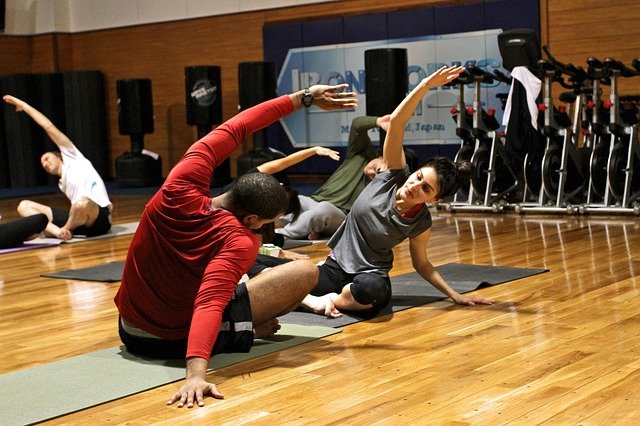
Stretching the muscles lengthens them and balances out the tightening. It offers a range of benefits such as:
- Increases flexibility and allows you a better range of motion
- With a better range of motion, you’ll notice improved joint function
- Stronger muscles, joints and tendons allow you to remain physically independent even as you age
- Reduces the chance of strains or rupture during exercise, sport, or even daily life injury
- Eliminates physical muscular tension to enhance your mental wellbeing
- Improves posture by correcting imbalances and resetting skeletal structure
- Manages lower back pain (one of the most common complaints) by strengthening your core and releasing tension held in the back
All these benefits make it easier for you to remain active and energetic long into your senior years. You’ll be able to go about your daily life without pain and enjoy all the activities and sports you love.
How flexible are you?
Stretching can help you check and improve your level of flexibility. You can check your flexibility level on your own with a series of different stretches or ask a trained professional to test you.
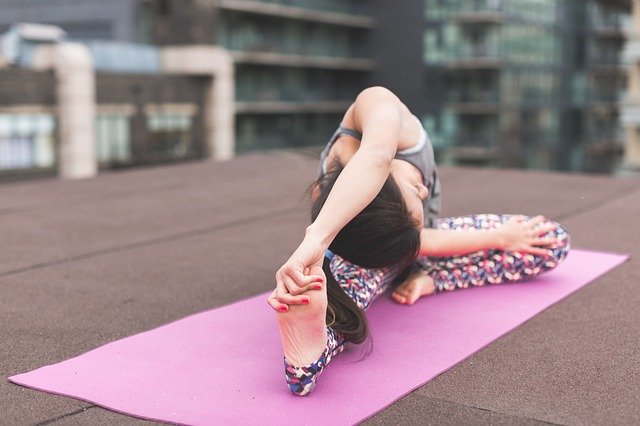
If you decide to check your flexibility level, there are a few tests you can do. But before that, remember why is warming up important. Make sure to do all your stretches before you try the following poses:
- Supine hamstring test
- Hip flexor/Thomas test
- Shoulder flexion test
If you decide to consult a professional, they will conduct an initial assessment and can even help create a fitness plan for you based on your level of flexibility and strength. You should approach those who are accredited or recommended by your healthcare professional. Consider the following fitness professionals to maximize your flexibility and strength:
- Fitness trainer
- Physiotherapist
- Health coach
- Fitness trainer
Why is warming up important?
You should only stretch after you have warmed up or completed your exercise routine. Warm muscles are those which have been put through some form of mild exercise such as light lifting or some amount of cardio. These muscles have a higher amount of blood flow and are loose enough to be stretched without risking any form of injury. Keeping this in mind helps you understand why is warming up important.
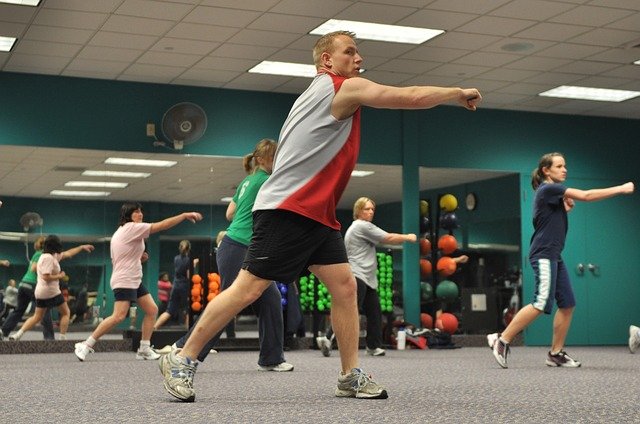
Warm-up and stretch your muscles with the following moves:
- Warm up with weight training and cool down with light stretching to lower muscle soreness and reduce tightness. This also allows the effective removal of muscular waste products.
- Warm up with some spot running and cool down with forward bends to release tightness and tension.
- If you’re doing cardio activities such as Zumba or running, stretch well afterwards to loosen any built-up tightness and improve recovery time.
- Warm up at work by stretching at your desk, going for brisk walks during your break, or climbing stairs.
Different ways to stretch
There are dozens of ways to stretch any muscle you want, and a simple Google search will give you many options. Most of these techniques can be grouped under three main categories:
Static stretching
The earliest form of stretching and also the safest, this involves active or passive manipulation of muscles, joints and tendons by subjecting them to different movements until you feel slight tension but not pain.
Dynamic stretching
Also known as ballistic stretching, this consists of pushing the muscles and joints to their maximum range of motion to allow for explosive strength but offers little in terms of flexibility.
Proprioceptive neuromuscular facilitation (PNF) stretching
This is a relatively modern category of stretching that focuses on the stretch-contract-relax-stretch cycle. This method puts you through passive stretches and isometric contractions, allows a break, and ends with another stretch. This method has been shown to be the most effective among the three types in terms of benefits to flexibility and strength.
Getting started with a stretch and warm-up routine
Once you understand why is stretching important and see how much difference it makes to your daily life, you’ll want to do it every day. But to turn it into a habit, you should start slow, especially if you do not do any exercise.
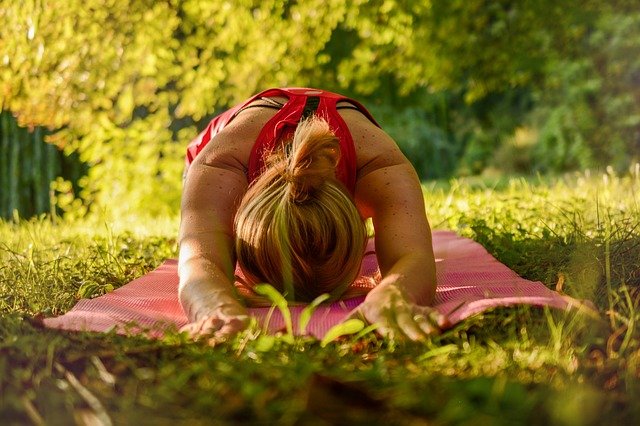
Aim for 2-3 times a week so that your body has time to adjust to the new routine. If you already have an exercise routine in place, you should set aside a few minutes after each workout to stretch well.
Always begin with a simple warm-up. Why is warming up important for those who exercise and for beginners? Warming up will prepare your body for the movement and make sure that you are not injured during your stretching.
The rule to remember is that you should warm up before a workout and stretch after a workout. Here are some more rules for beginners:
- Stretch each muscle to the point of tension but not pain
- Hold each stretch for 10-20 seconds
- Balance your stretching: if you stretch the right side, follow it with the left side; if you stretch forwards, follow it with a backward stretch.
- Always breathe into the stretch so that you fill the tissue with a full flow of oxygen
Why is stretching important if I have a desk job?
You might be surprised that even those who have desk jobs in typical office spaces can experience work-related disorders. Muscular pain is not only common in those who work with heavy machinery and construction. Desk jobs cause physical health concerns for the following reasons:
- Repeated actions and movements that tend to overwork and wear out certain muscles and joints
- Lack of movement resulting from sitting in front of the computer for hours on end which tightens muscles and slows metabolism
- Poor posture which negatively affects musculoskeletal strength and flexibility

A desk job that keeps you in a static position can lead to several health concerns such as:
- Obesity
- Pain in the back, especially lower back
- Pain in and around the neck and shoulders
- Carpal tunnel
- Musculoskeletal conditions
You can mitigate these effects through regular movement and stretching. Practice this consistently to make it a desk habit like all others. You can start with setting periodic reminders to get up, move about and stretch.
It is recommended that you remind yourself why is warming up important before you try any stretches. After that, you can set a routine in place and make the moves you need to stay flexible and limber. If you are short on time, do gentle moves while remaining seated. Maintain a soft, steady breathing pattern and don’t hold your breath. Over time this will become a habit and will lower your chances of several medical conditions.
The best stretches for anyone with a desk job
While there are many stretches for each body part, here are some that you should do consistently to enhance your overall level of flexibility:
Chest stretch: Known as the pectoral stretch, this is done by gripping a doorway or similar structure at shoulder height, turning your body away from the arm and repeating both sides.
Neck side flexion: Bring your ears to your shoulders till you feel slight tension on the opposite side. Return to a neutral position and repeat on the other side.
Shoulder blade stretch: Stretch your right arm over your chest to the left side at shoulder level. Keep your arm straight and use your left hand to pull your right arm against you. You should feel a stretch across the shoulder and upper arm. Come back to the starting position and repeat on the other side.
Triceps: Raise your arms overhead and drop your right arm behind your head, bending at the elbow. Use your left hand to grip your right elbow and push your arm back till you feel slight tension. Repeat for the other arm.
Forward bend: With your feet together and knees soft, stretch both arms up and reach forward, bending at the hip to touch your toes. If you can’t reach your toes, place your hands lightly on your knees and hold the stretch.
Exercise practices that will teach you how to stretch
If you’re doing cardio or running, it is unlikely that you’re getting enough stretching. You should be asking why is stretching important to your workout routine. However, there are some forms of exercises that give you a workout and help you get all the stretching you need. They also help you with flexibility and general well-being. The three best workouts for stretching are:
Tai Chi
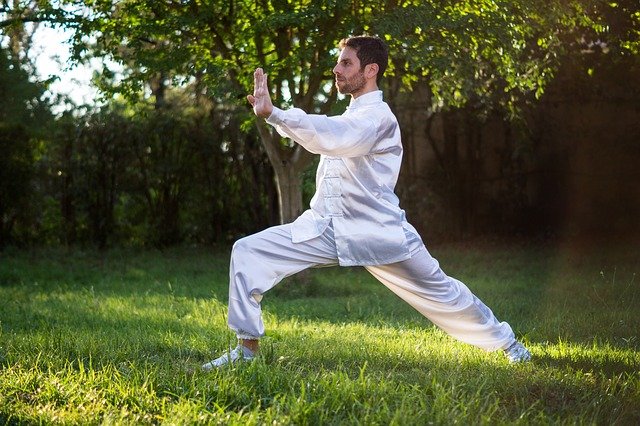
This ancient practice traces its origins back to China. It started as a form of martial arts but has evolved into a simpler form of exercise now. The focus is on gentle movements that flow into one another, delivering the primary benefit of keeping the body in motion whilst ensuring there is no form of strain or overexertion.
Yoga
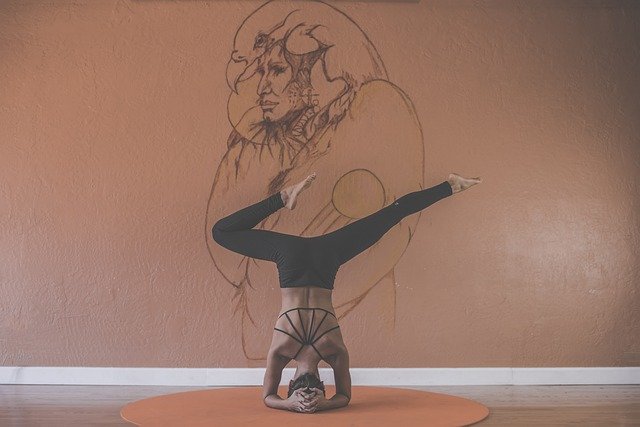
What started as a spiritual practice in India has transformed into a modern form of exercise that the world has fallen in love with. It teaches several postures and movements that build muscular strength and flexibility. The focus here is on the core and on slow deliberate movements that build resilience in the mind and body.
Pilates
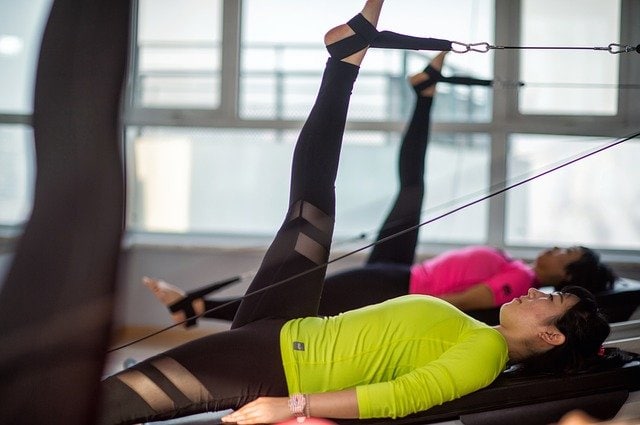
A relatively younger form of exercise than the others on the list, Pilates is a gradual form of exercise performed either on a mat or with specialized equipment. It is considered a hybrid of multiple disciplines because it stretches, strengthens muscles, boosts flexibility and balance, and works on the core.
The difference between stretching and warming up
While it has been mentioned several times throughout the article, you mustn’t confuse stretching with warming up. Many novice athletes or gymmers confuse stretching with warming up and experience injuries.
Warming up safely
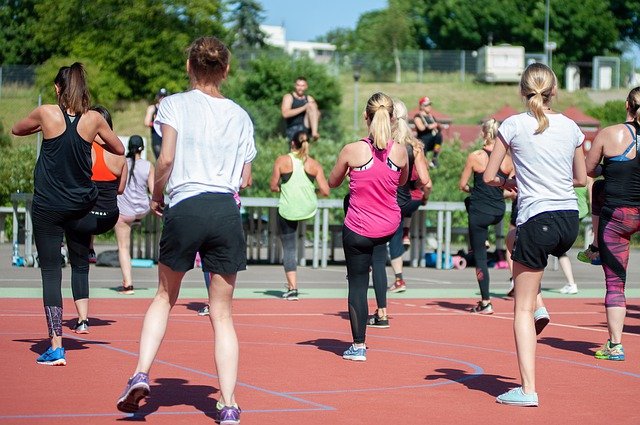
Warming up prepares your body for a workout by getting blood to flow to all your muscles. This distributes oxygen to your body and allows you to use it efficiently and without injury. Warm muscles handle exercise better, which answers the question of why is warming up important – you get the most out of your workout when you can perform all the moves properly and with a full range of motion.
Some good ways to warm up are a brisk walk or a jog, jumping jacks, or running on the spot. This gets the heart pumping and blood flowing and supplies the muscles with fresh oxygen.
Stretching safely

Stretching is different from warming up even though they seem very similar. Doing it before exercising can interfere with your performance and leave you prone to muscle tears and ruptures.
If you see athletes stretching before a game or before participating in a match, you should know that they have already warmed up. You may choose to stretch or move your body to prepare it for your workout, but you should do it with warm muscles.
Even though you might feel like heading straight into the shower after a workout, take time to stretch properly. This helps your body recover from the workout and reduces any post-workout stiffness that you might feel the next day.
Find out more about stretches for flexibility.
The science behind stretching
Why is warming up important? When you exercise, you put repeated pressure on your muscles, forcing them through a series of movements until they become tight and stiff. If you try and do this on brittle, cold muscles, they are likely to snap or rupture.
Another reason for warming up is that it increases the range of motion of your body. This means you’ll be able to perform your exercise better and enjoy better flexibility in your joints and muscles.
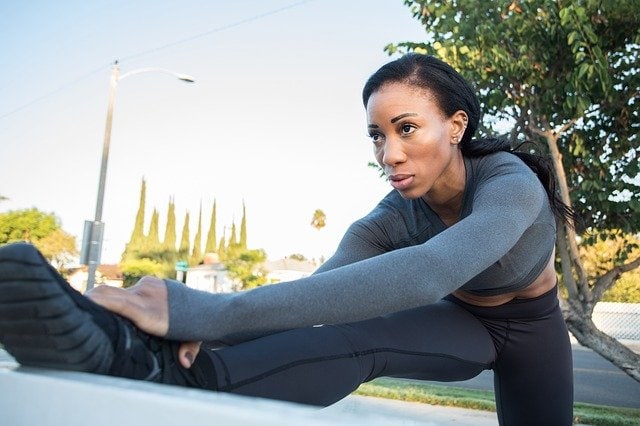
Why is stretching important? When you work out, lactic acid builds up in the muscles and causes the soreness that you feel the next day. By stretching, this lactic acid is eliminated from the body and you won’t feel so achy.
In addition, the workout can cause strain in your muscles. If the tension is not released, your muscles will begin to put pressure on your joints or other muscles. Over time this can cause injury or chronic pain. The stretches you do will improve the flexibility of the muscles you just used and make sure they work properly for the rest of the day.
The best time to do stretches
If you’re stretching, any time is good. Aim to do it consistently and with focus, breathing into the move and keeping your posture in mind.
Your stretching session does not need to be particularly strenuous or long. A few minutes of exercising and stretching is all it takes to boost your strength and mobility, but you will benefit from a minimum of 15-20 minutes.
When is stretching bad for you
If you feel persistent tightness that is not relieved by stretching, it could mean that your muscles are short and not tight. In this case, you should be focusing on strengthening and not stretching.
One of the biggest misconceptions about stretching is that you should use it for any muscular pain. Muscular pain is a common complaint among a majority of Australians but stretching is not always the solution.
Some muscles are painful because they are short. For example, if you wear heels daily, the muscles of the calves remain in a shortened length all day and can become short. This causes pain when you remove the shoes and try to stretch the calves.
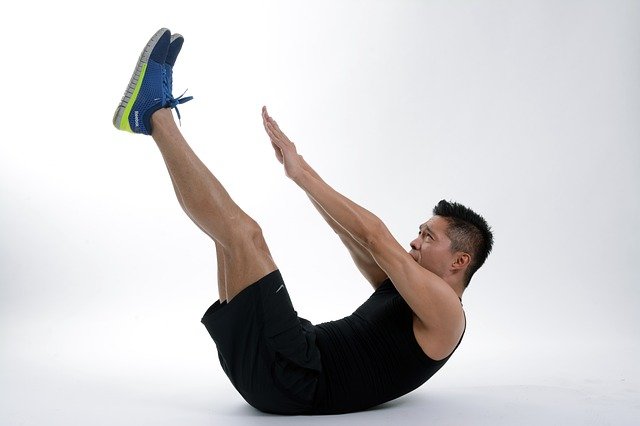
Some muscles may be painful because they are tight. For example, if you lift weights often and do not stretch adequately afterwards, you may feel tightness.
Muscular pain occurs when the nerves send pain signals to the brain to notify it that a muscle is weak, unstable or not functioning properly. However the muscle may not always require stretching and may benefit from strengthening. This is why it is important to understand why is stretching important and when it is required.
If you do not feel significant relief from stretching, you should consult a specialist to understand what would work best for your body. A physiotherapy clinic may be able to help or you might like to consult an exercise therapist for a recommendation that is customized for you.
While there is considerable debate about the methods, there is no doubting the general benefits of stretching and warming up muscles and tendons.
Stretching in particular is extremely beneficial to all muscle groups by its action on muscular flexibility and strength. This not only lowers your risk of injury but also leads to improved athletic performance. When you do your stretch and warm-up routine correctly, you’ll enjoy better posture and reduced soreness.



